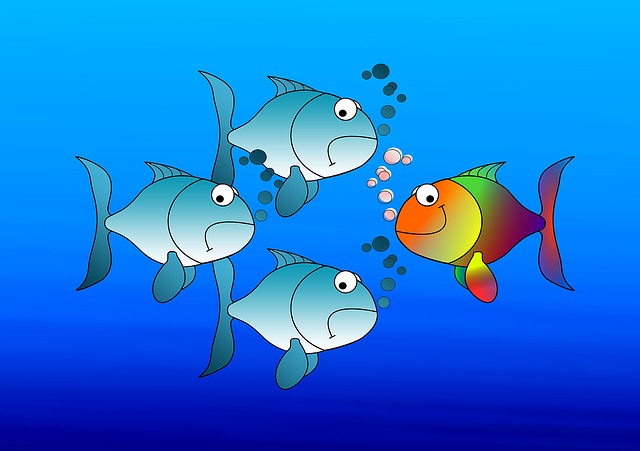Matthew Brensilver teaches about the relationship between mindfulness and mental health based on his many years of research into treatments for addiction and resultant behaviours. In one MARC meditation podcast he offers two key insights that derive from mindfulness.
In the podcast, he suggests that meditation practice itself is a form of training that opens us up to the potentiality of mindfulness. It enables us to pay attention to our everyday experiences, getting in touch with our sensations and thoughts. Matthew describes mindfulness as accepting our human condition in all its facets with openness and equanimity. He maintains that this mindful stance generates two key insights.
Insight 1 – the difficulty of being human
If we learn through meditation to accept whatever comes our way, taking things as they are, we come to realise how difficult it is to be truly human. This openness to experience from one moment to the next means accepting what is with equanimity – even if this involves challenges to our sense of self, career disappointment, interpersonal conflict or ill health.
It takes real courage to face the reality of our lives with full awareness, not hiding in denial or diverted by resentment. Life often turns out to be very different to what we imagined or hoped for. Matthew states that mindfulness demands that we “make peace with the human condition” and live our lives with genuine acceptance moment to moment. This is hard to do, even if we are able in the midst of things to express gratitude for what we do have or for the positive experiences we have had in our lives.
Insight 2 – we underestimate the capacity of our hearts and minds
Matthew suggests that our innate capacity is often obscured by aversion to difficulties, striving for “success” or the negative emotions generated by the everyday challenges of work and life. Fear, for instance, can stop us from being creative and pursuing opportunities for personal growth and development.
Matthew argues that “sustained intention and attention” that develops with mindfulness enables us to tap into our real potential, including the ability to offer unconditional love and appreciation. If we are able to maintain “continuity of awareness” we are able to access our full potentiality.
For Matthew, mindfulness involves not only being aware of our thoughts and emotions from moment to moment but also the ability to “pour awareness into our body” so that we are in touch with our bodily sensations as well. He suggests that meditation helps to build this awareness because it offers the opportunity to “experience the dignity of upright posture” while, at the same time, feeling “the pull of gravity” on the rest of our body.
As we grow in mindfulness, we come to realise the difficulty of facing our human condition with equanimity, while at the same time experiencing the depth and breadth of our human potentiality. Meditation practice helps us to accept what is and to more readily realise our full potential.
By Ron Passfield – Copyright (Creative Commons license, Attribution–Non Commercial–No Derivatives)
Image source: courtesy of ernestoeslava on Pixabay
Disclosure: If you purchase a product through this site, I may earn a commission which will help to pay for the site, the associated Meetup group and the resources to support the blog.












